Artist Richard Woods installs 'A Maze for Yorkshire' in Wakefield
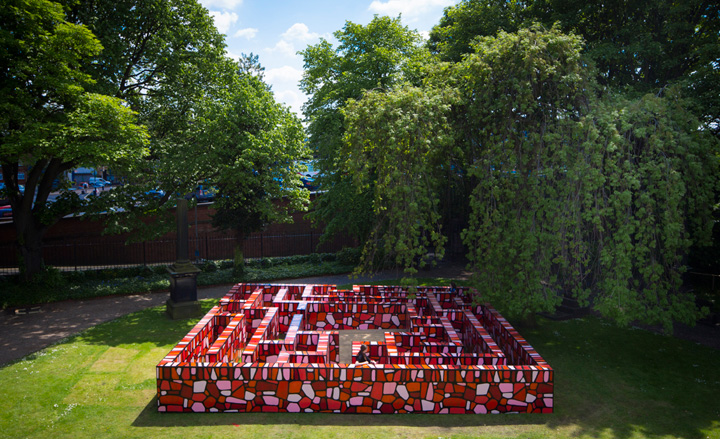
If you've ever visited the 18th-century Orangery in Wakefield, Yorkshire, it might have occurred to you that the historic grounds would be the ideal setting for a garden maze. You might not, however, have imagined the sort of maze the artist Richard Woods is unveiling this weekend in front of the Georgian folly.
Woods has always surprised with his hyper-real interpretations of ordinary façades like red brickwork and mock-Tudor cladding. True to his modus operandi, this work applies a postmodern veneer to Renaissance-era terrazzo and medieval English drystone, forcing a dialogue between the affectations of the past and the intellectualism of the present. The palette is what pushes the work into the realm of artifice.
'Colour in my work is never naturalistic,' says Woods. 'I wanted to take the drystone wall away from the real thing and into the comic world - a drawing of a drystone wall and not a real drystone wall.'
'A Maze for Yorkshire' was commissioned by the art and design charity Beam, whose offices are located in the Grade II-listed cottage. The idea developed over months of discussions with Woods, who hit the history books to devise a logical structure. He eventually finalised the scheme with the help of Neil Matthews at DLA Design Group, a project collaborator. The structure took five people two weeks to install.
Like the mazes of yore, 'A Maze for Yorkshire' amuses with unexpected turns. But like good contemporary art, it also disturbs. 'It's surprisingly difficult to navigate,' says Woods. 'Even though you can see over the top of the 4-ft walls, the repeating nature of the stone pattern trips you up and confuses your sense of direction. It's a bit of an assault on the senses, so be prepared before you set off.'
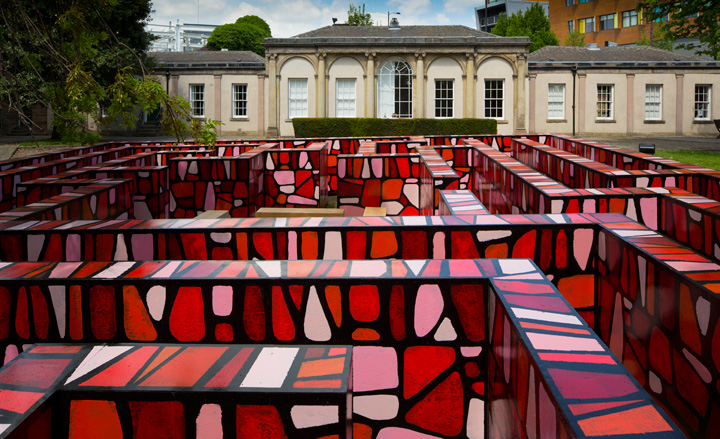
Known for his hyper-real interpretations of ordinary façades like red brickwork and mock-Tudor cladding, Woods' maze applies a postmodern veneer to Renaissance-era terrazzo and medieval English drystone
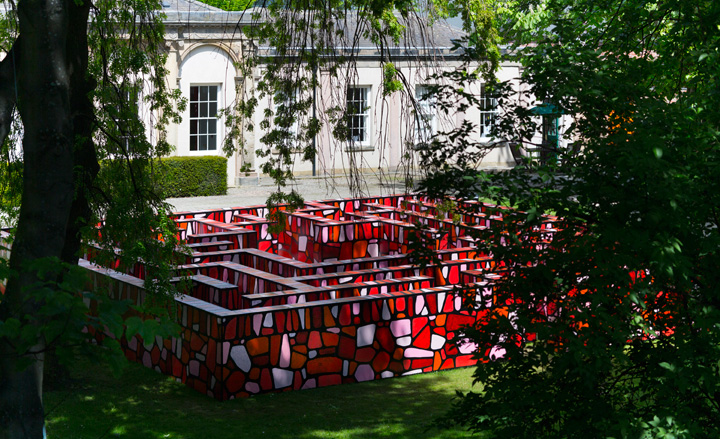
The maze was commissioned by the art and design charity Beam, whose offices are located in the Grade II-listed cottage
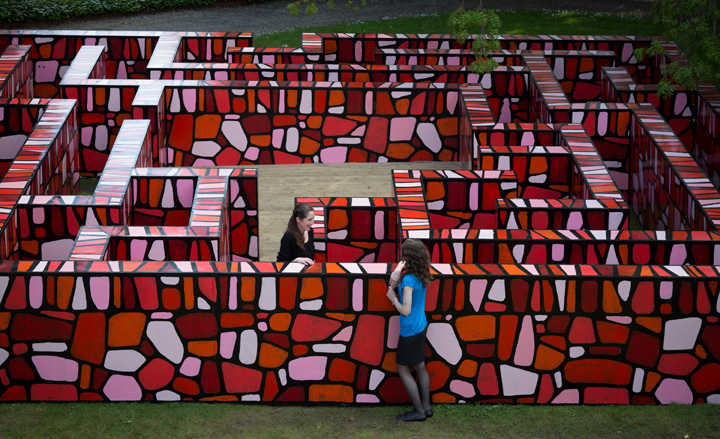
The four-foot walls are easily overlooked. Still, the artist says, 'the repeating nature of the stone pattern trips you up and confuses your sense of direction'
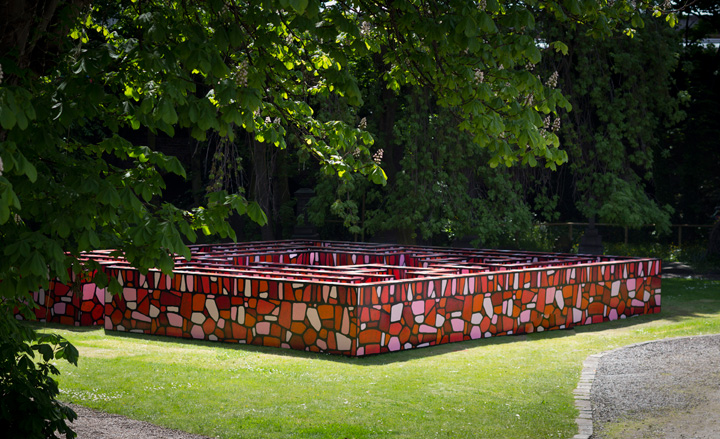
The unnatural palette pushes the work into the realm of artifice

The idea developed over months of discussions. Woods hit the history books to devise a logical structure, and eventually finalised the scheme with the help of Neil Matthews at DLA Design Group, a project collaborator
ADDRESS
The Orangery
Back Lane
Wakefield WF1 2TG
Receive our daily digest of inspiration, escapism and design stories from around the world direct to your inbox.
Based in London, Ellen Himelfarb travels widely for her reports on architecture and design. Her words appear in The Times, The Telegraph, The World of Interiors, and The Globe and Mail in her native Canada. She has worked with Wallpaper* since 2006.
-
 The rising style stars of 2026: Connor McKnight is creating a wardrobe of quiet beauty
The rising style stars of 2026: Connor McKnight is creating a wardrobe of quiet beautyAs part of the January 2026 Next Generation issue of Wallpaper*, we meet fashion’s next generation. Terming his aesthetic the ‘Black mundane’, Brooklyn-based designer Connor McKnight is elevating the everyday
-
 Mexico's Office of Urban Resilience creates projects that cities can learn from
Mexico's Office of Urban Resilience creates projects that cities can learn fromAt Office of Urban Resilience, the team believes that ‘architecture should be more than designing objects. It can be a tool for generating knowledge’
-
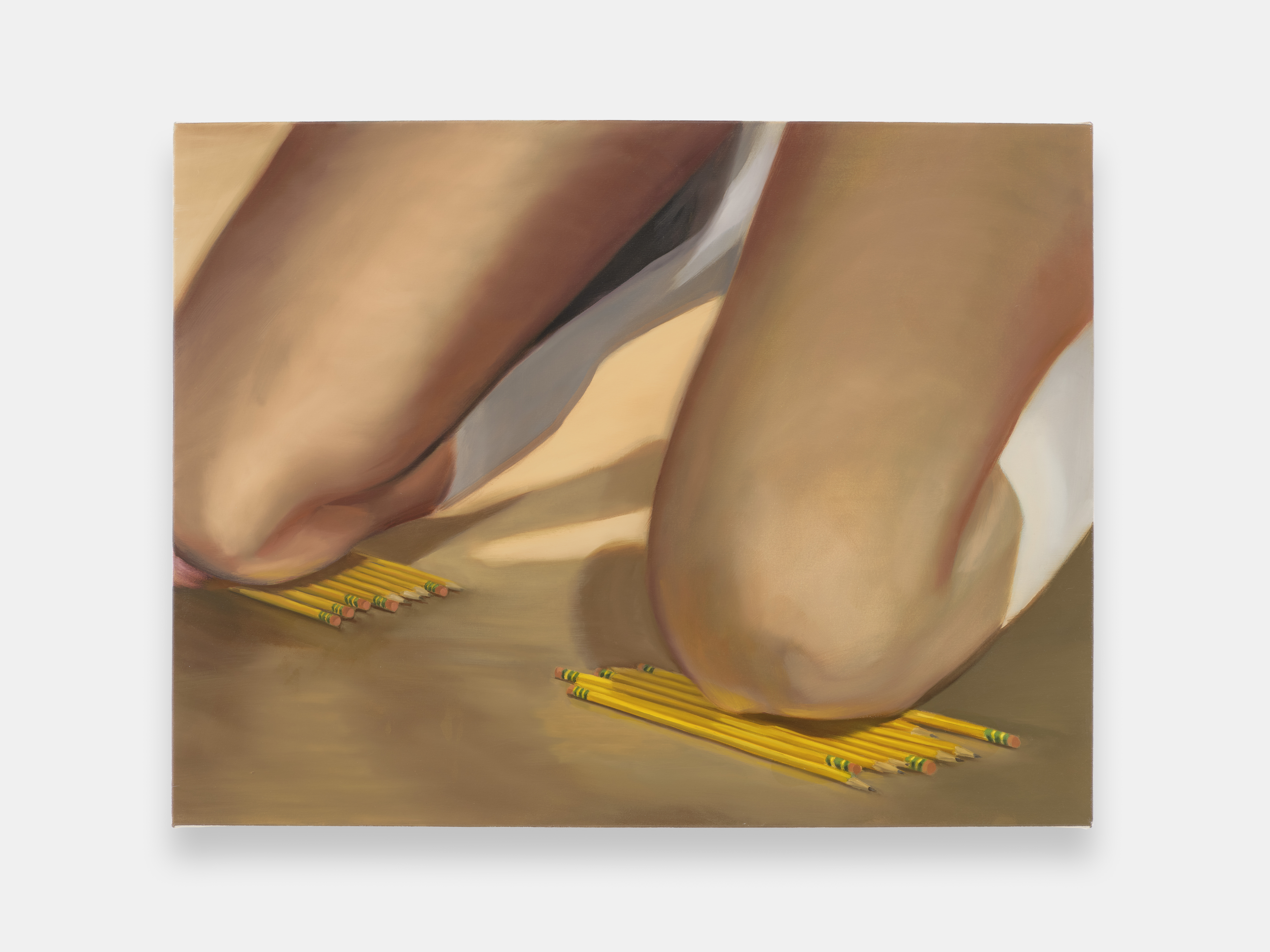 ‘I want to bring anxiety to the surface': Shannon Cartier Lucy on her unsettling works
‘I want to bring anxiety to the surface': Shannon Cartier Lucy on her unsettling worksIn an exhibition at Soft Opening, London, Shannon Cartier Lucy revisits childhood memories
-
 Remote Antarctica research base now houses a striking new art installation
Remote Antarctica research base now houses a striking new art installationIn Antarctica, Kyiv-based architecture studio Balbek Bureau has unveiled ‘Home. Memories’, a poignant art installation at the remote, penguin-inhabited Vernadsky Research Base
-
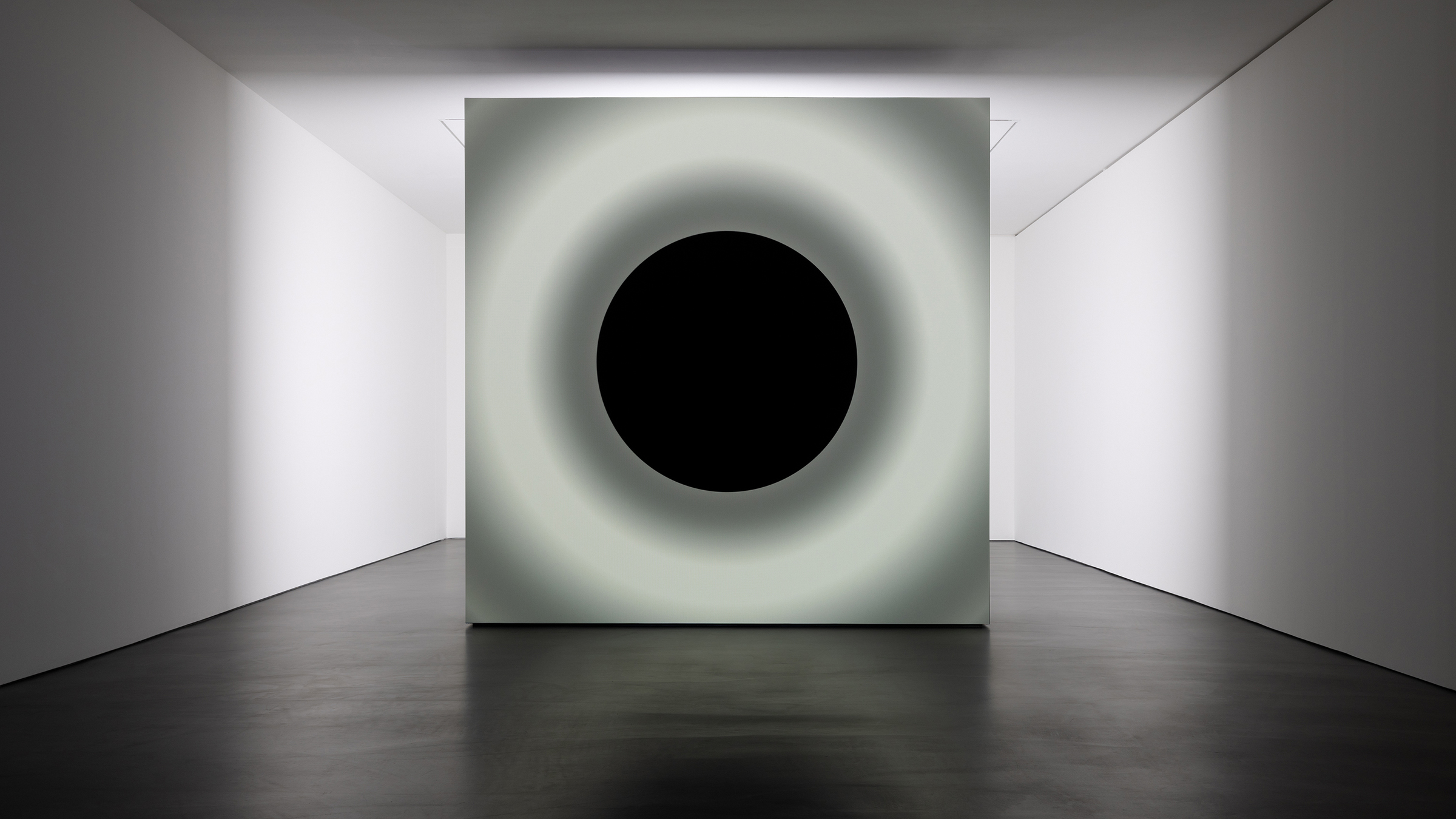 Ryoji Ikeda and Grönlund-Nisunen saturate Berlin gallery in sound, vision and visceral sensation
Ryoji Ikeda and Grönlund-Nisunen saturate Berlin gallery in sound, vision and visceral sensationAt Esther Schipper gallery Berlin, artists Ryoji Ikeda and Grönlund-Nisunen draw on the elemental forces of sound and light in a meditative and disorienting joint exhibition
-
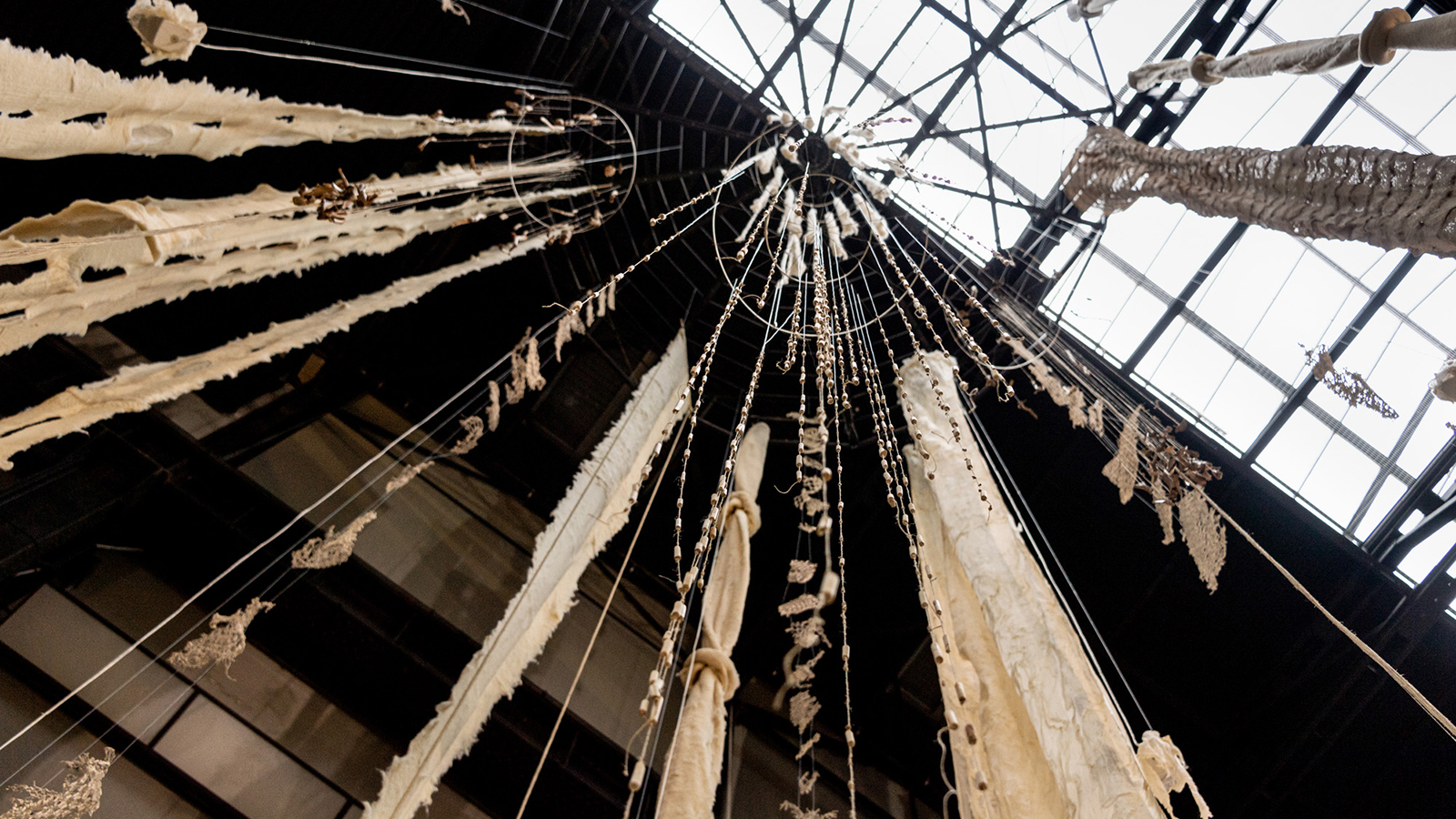 Cecilia Vicuña’s ‘Brain Forest Quipu’ wins Best Art Installation in the 2023 Wallpaper* Design Awards
Cecilia Vicuña’s ‘Brain Forest Quipu’ wins Best Art Installation in the 2023 Wallpaper* Design AwardsBrain Forest Quipu, Cecilia Vicuña's Hyundai Commission at Tate Modern, has been crowned 'Best Art Installation' in the 2023 Wallpaper* Design Awards
-
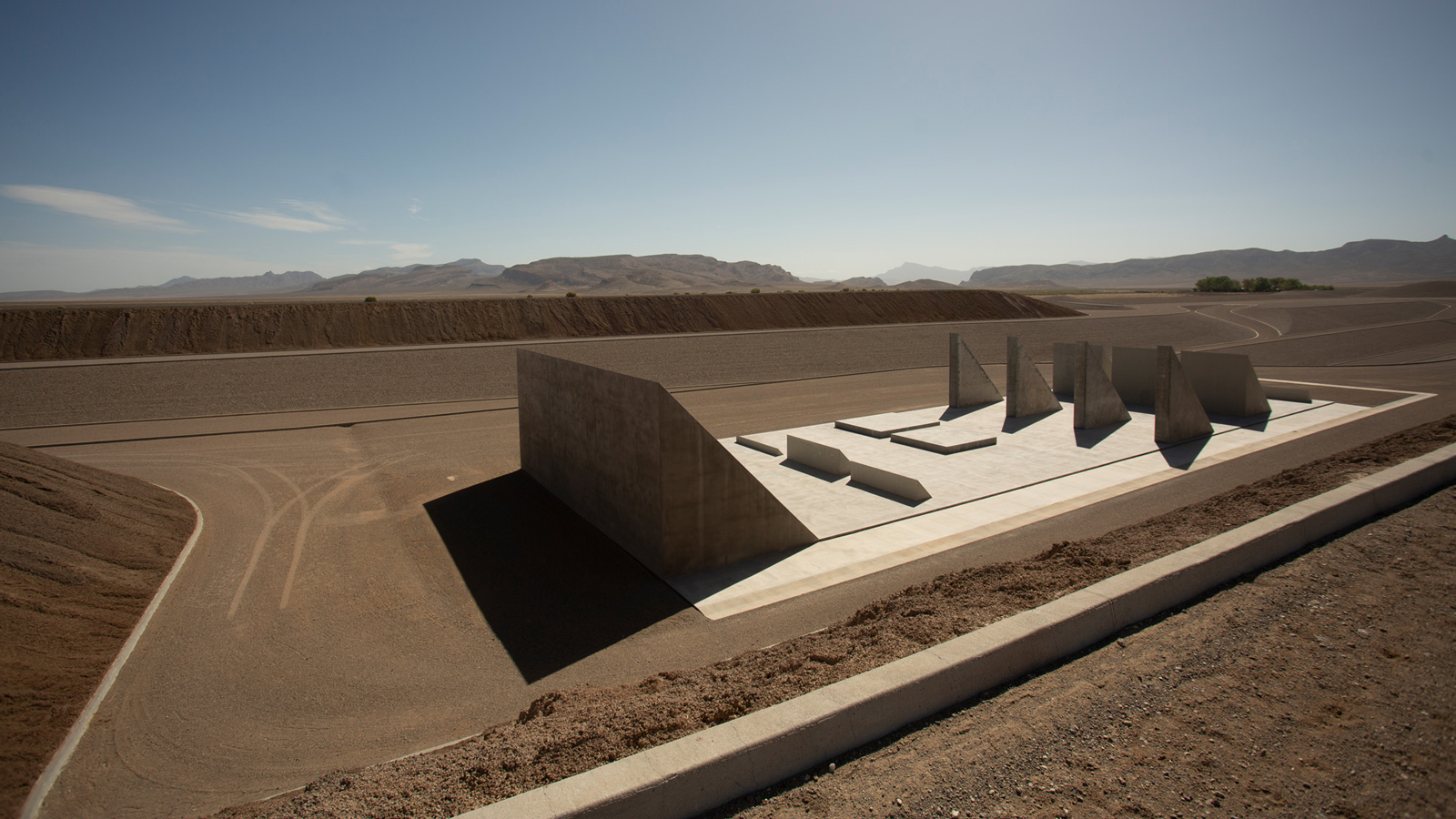 Michael Heizer’s Nevada ‘City’: the land art masterpiece that took 50 years to conceive
Michael Heizer’s Nevada ‘City’: the land art masterpiece that took 50 years to conceiveMichael Heizer’s City in the Nevada Desert (1972-2022) has been awarded ‘Best eighth wonder’ in the 2023 Wallpaper* design awards. We explore how this staggering example of land art came to be
-
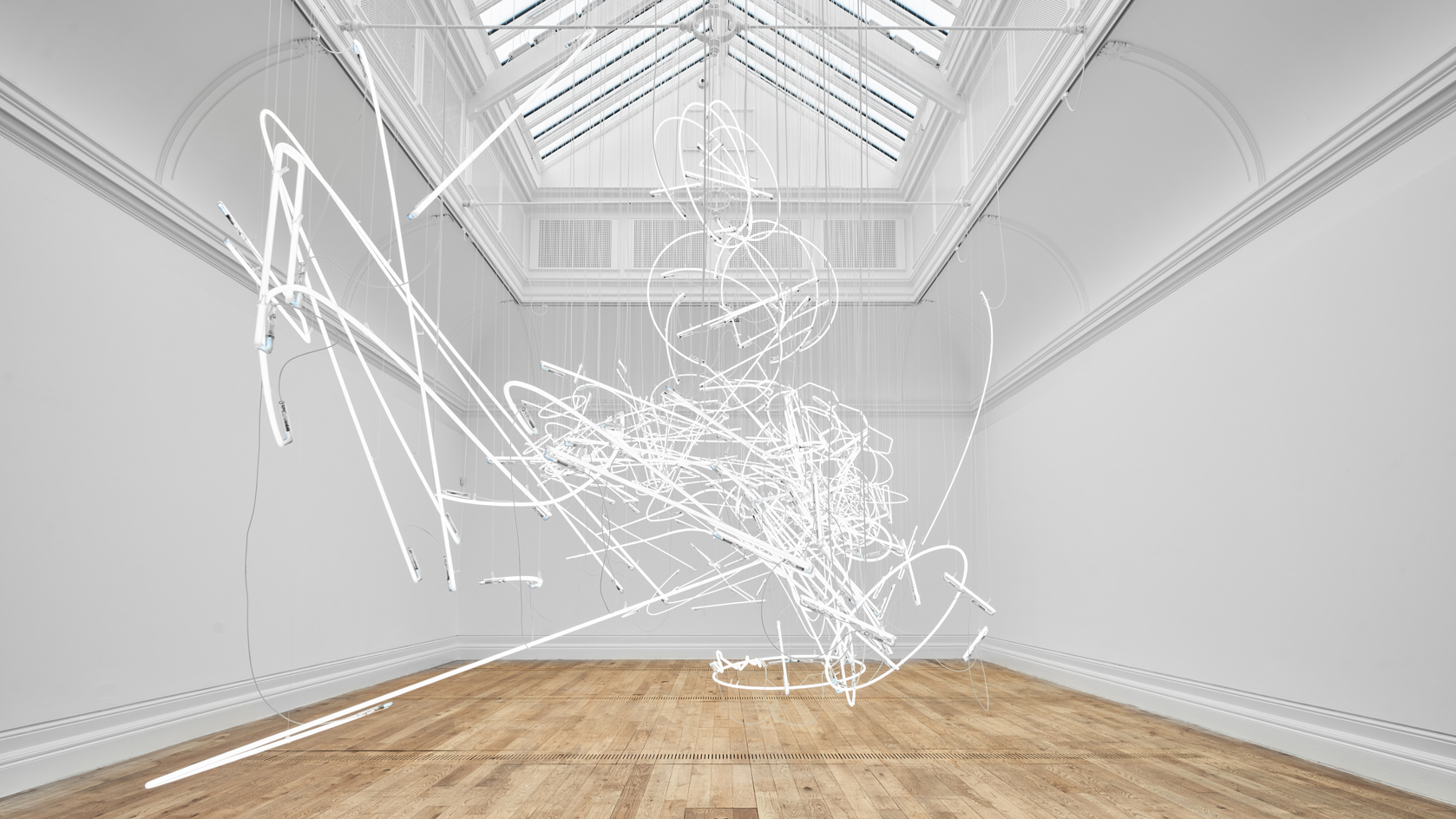 Cerith Wyn Evans: ‘I love nothing more than neon in direct sunlight. It’s heartbreakingly beautiful’
Cerith Wyn Evans: ‘I love nothing more than neon in direct sunlight. It’s heartbreakingly beautiful’Cerith Wyn Evans reflects on his largest show in the UK to date, at Mostyn, Wales – a multisensory, neon-charged fantasia of mind, body and language
-
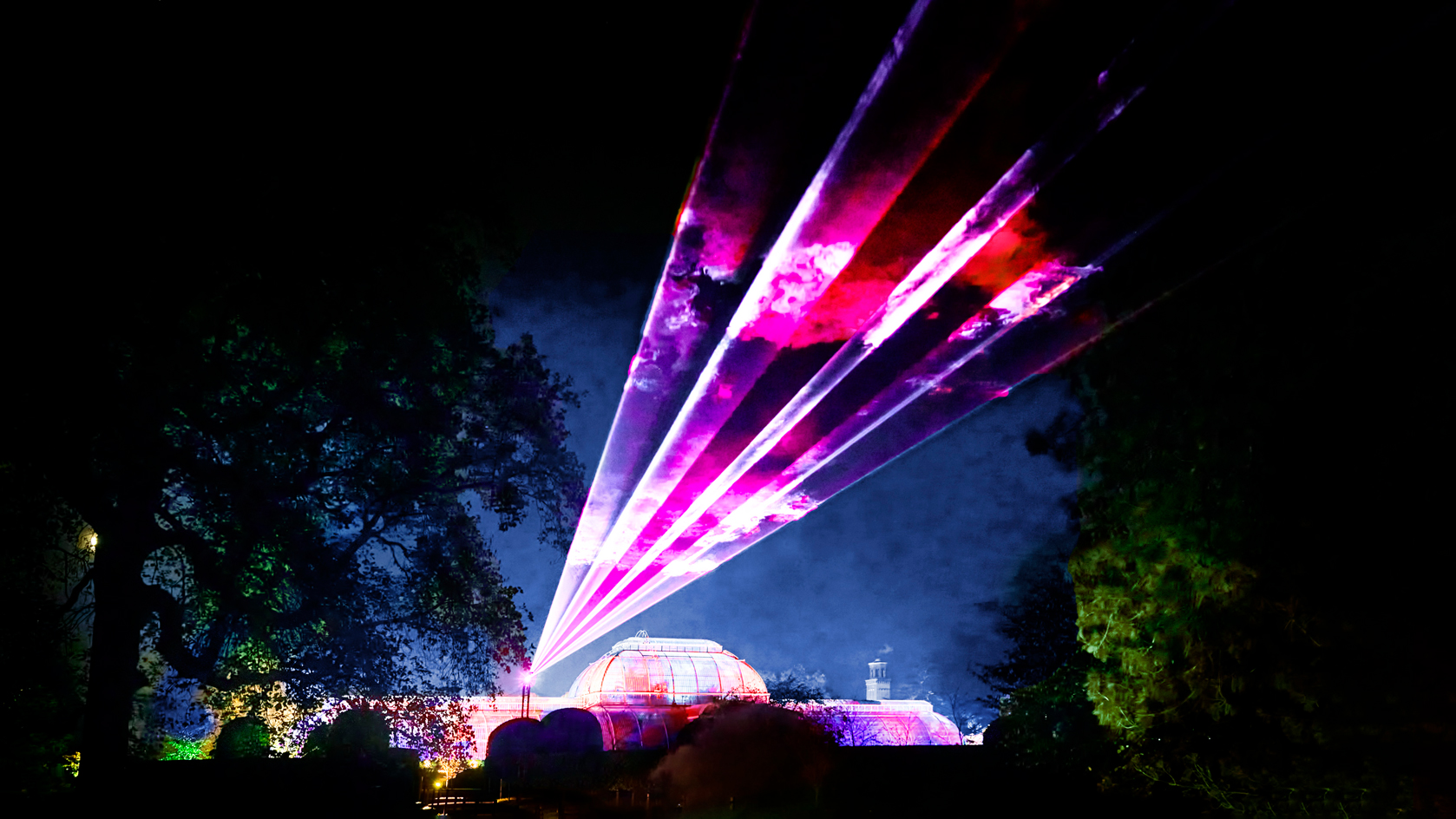 The best 7 Christmas installations in London for art lovers
The best 7 Christmas installations in London for art loversAs London decks its halls for the festive season, explore our pick of the best Christmas installations for the art-, design- and fashion-minded
-
 Rafael Lozano-Hemmer’s Pulse Topology in Miami is powered by heartbeats
Rafael Lozano-Hemmer’s Pulse Topology in Miami is powered by heartbeatsRafael Lozano-Hemmer brings heart and human connection to Miami Art Week 2022 with Pulse Topology, an interactive light installation at Superblue Miami in collaboration with BMW i
-
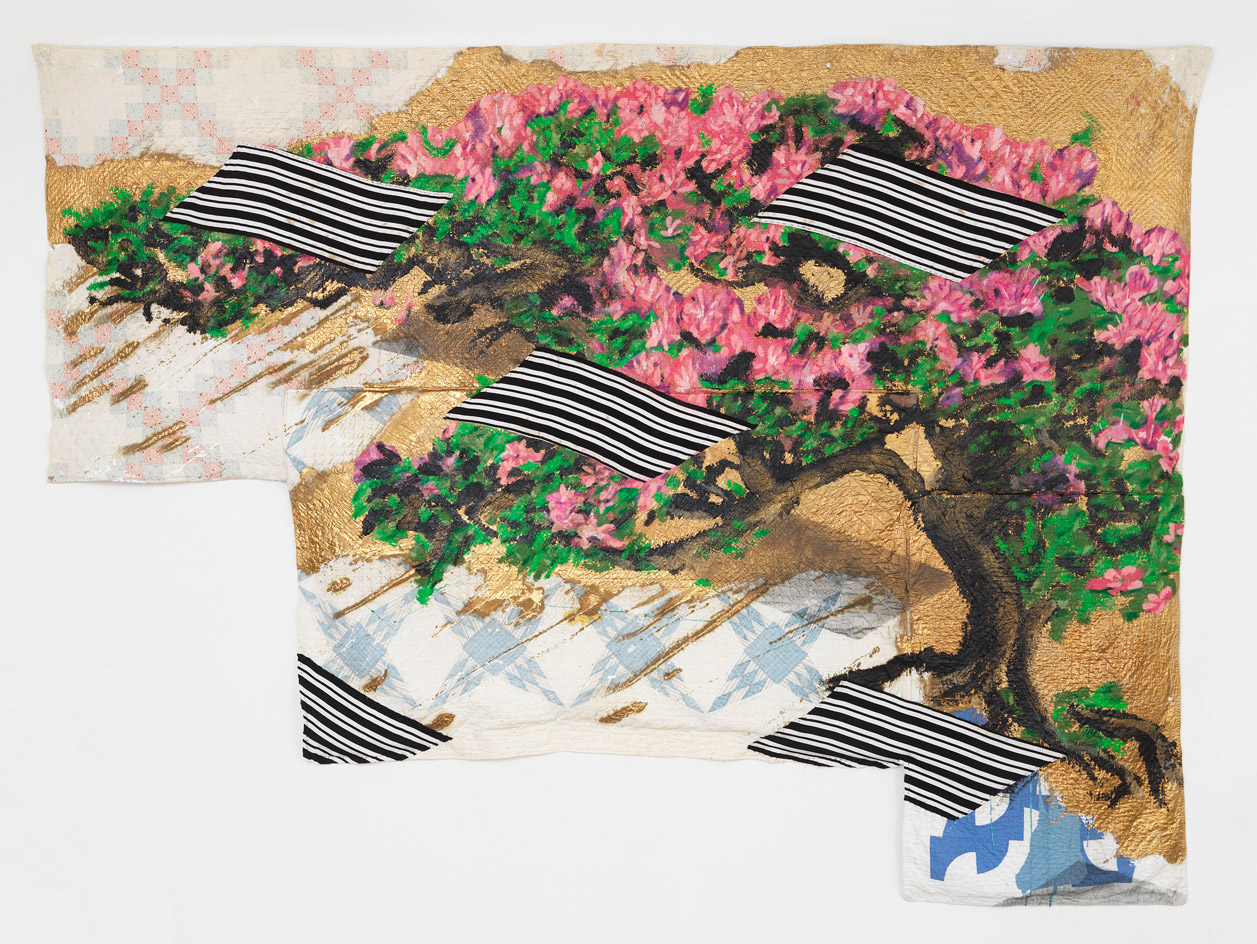 Textile artists: the pioneers of a new material world
Textile artists: the pioneers of a new material worldThese contemporary textile artists are weaving together the rich tapestry of fibre art in new ways